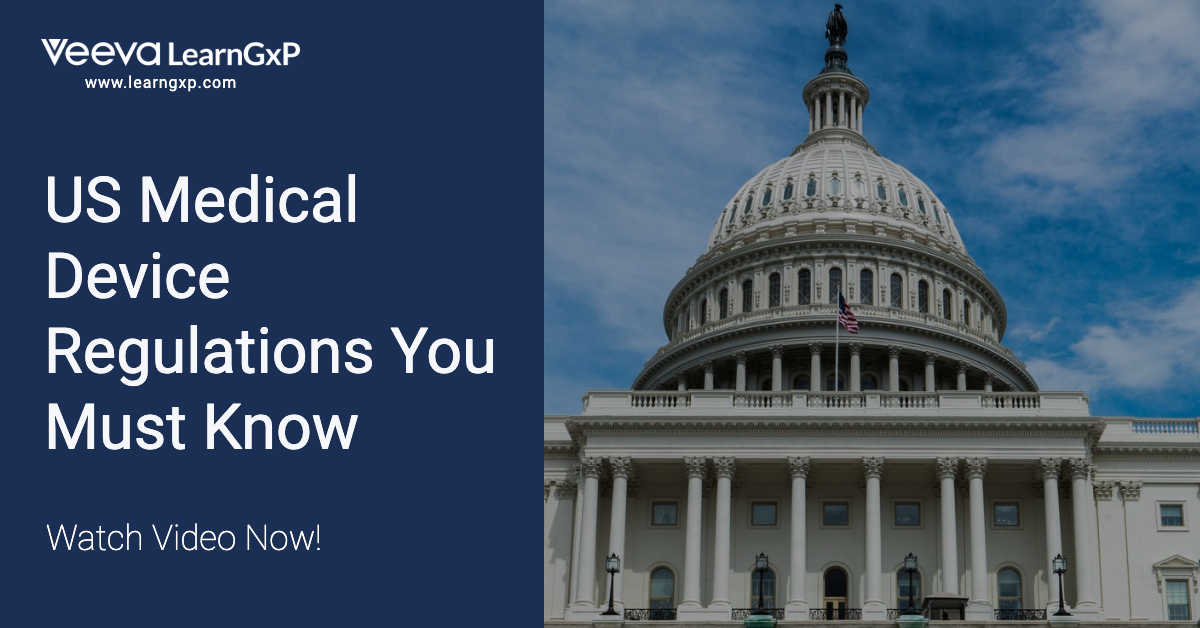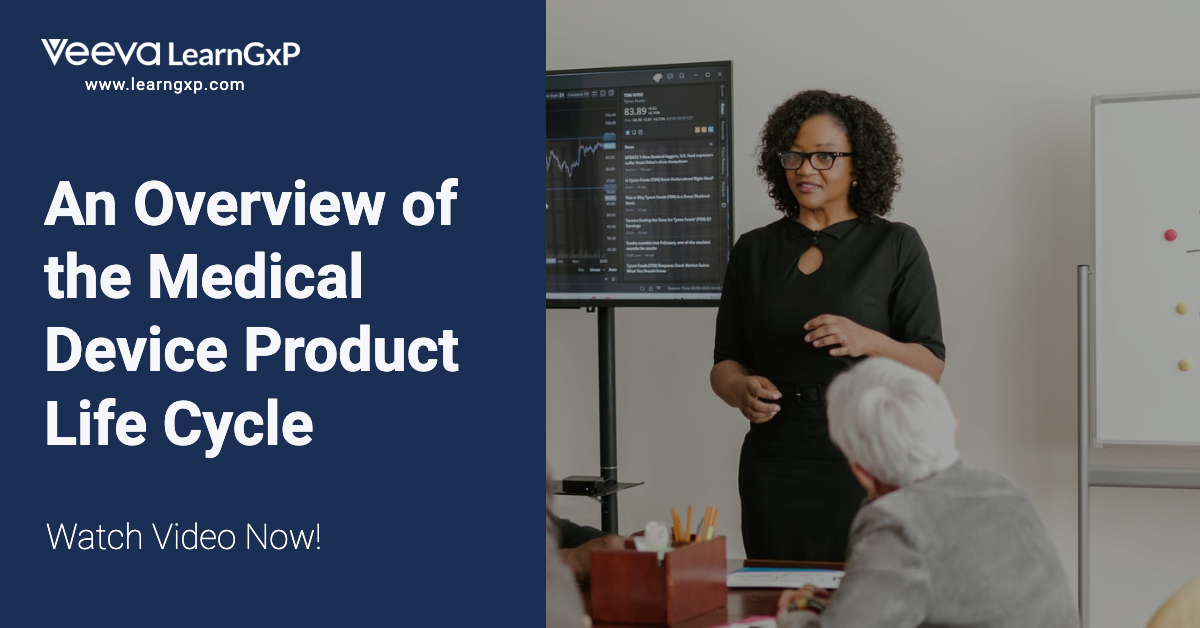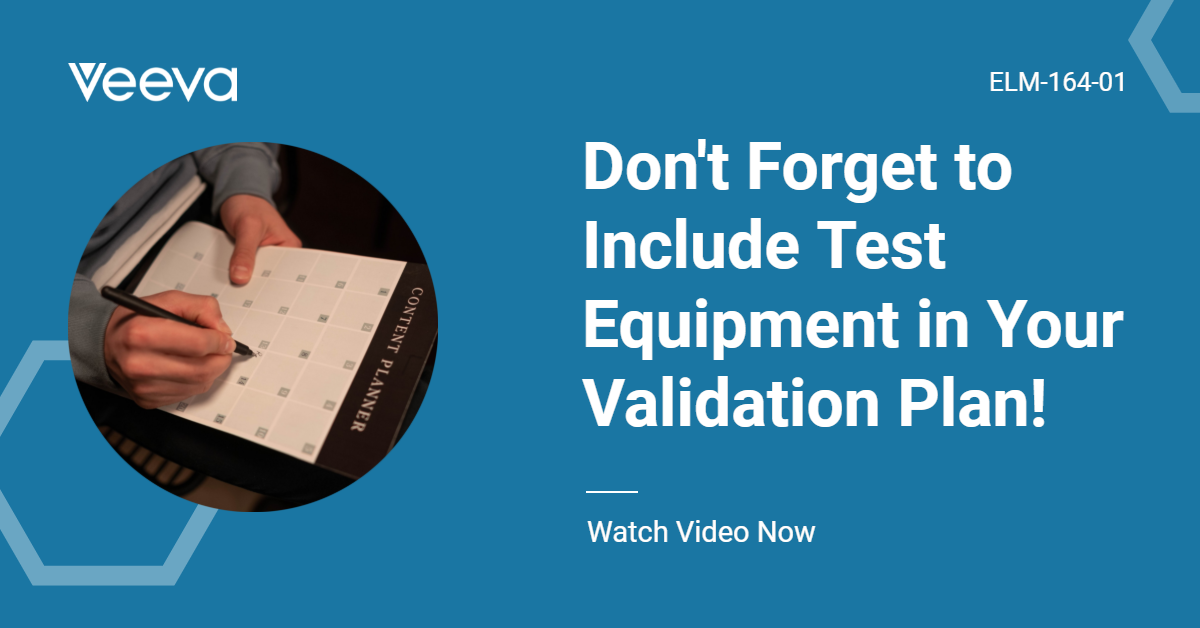As alluded to earlier, there are generally four types, or flavors, of validation.
Product
These are all the validation activities to demonstrate the product meets the user’s needs and intended use. This includes all the clinical validations, the verification efforts, cleaning validations, etc.
Product Software
This is separated from the product validation group because it’s a slightly different beast. As noted before, software validation is expected to confirm that the software processes are also in place to ensure updates to the software (whether directly or indirectly through OS updates, support library updates, etc.) continues to perform as expected. The entire lifecycle is considered when dealing with software.
Processes
Any process in the production of a device whose output is not 100% verified is expected to be assessed for validation.
- Processes whose outputs cannot (reasonably) be 100% verified include injection molding. For example, you are not going to inspect all dimensions in hundreds or thousands of pieces
- Gluing or welding processes would require destructive testing to confirm the process was effective
- Vision inspection – you do not re-check everything to confirm the vision system passed only good product or rejected all bad product, and so on
Support Systems
Systems (software) that potentially impact quality of the product, artifacts required by regulation for the product, or artifacts required by regulation for processes.
Examples of these include:
- Enterprise Resource Planning (ERP) systems
- Manufacturing Resource Planning (MRP) systems
- Customer Complaint management software
- Issue Tracking software
- Software source code configuration management systems, and many, many more
Test method validation maybe considered a fifth flavor but is outside the scope of this course.





